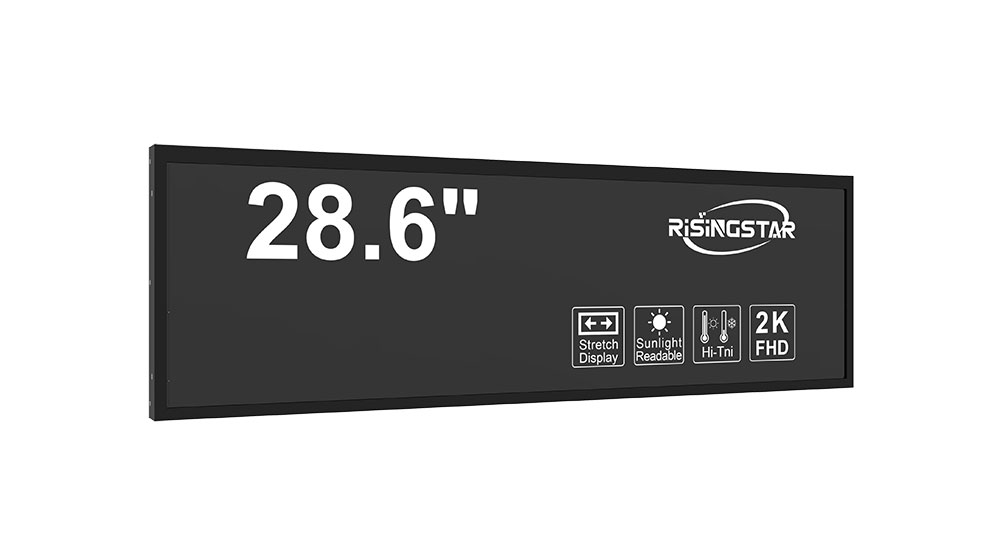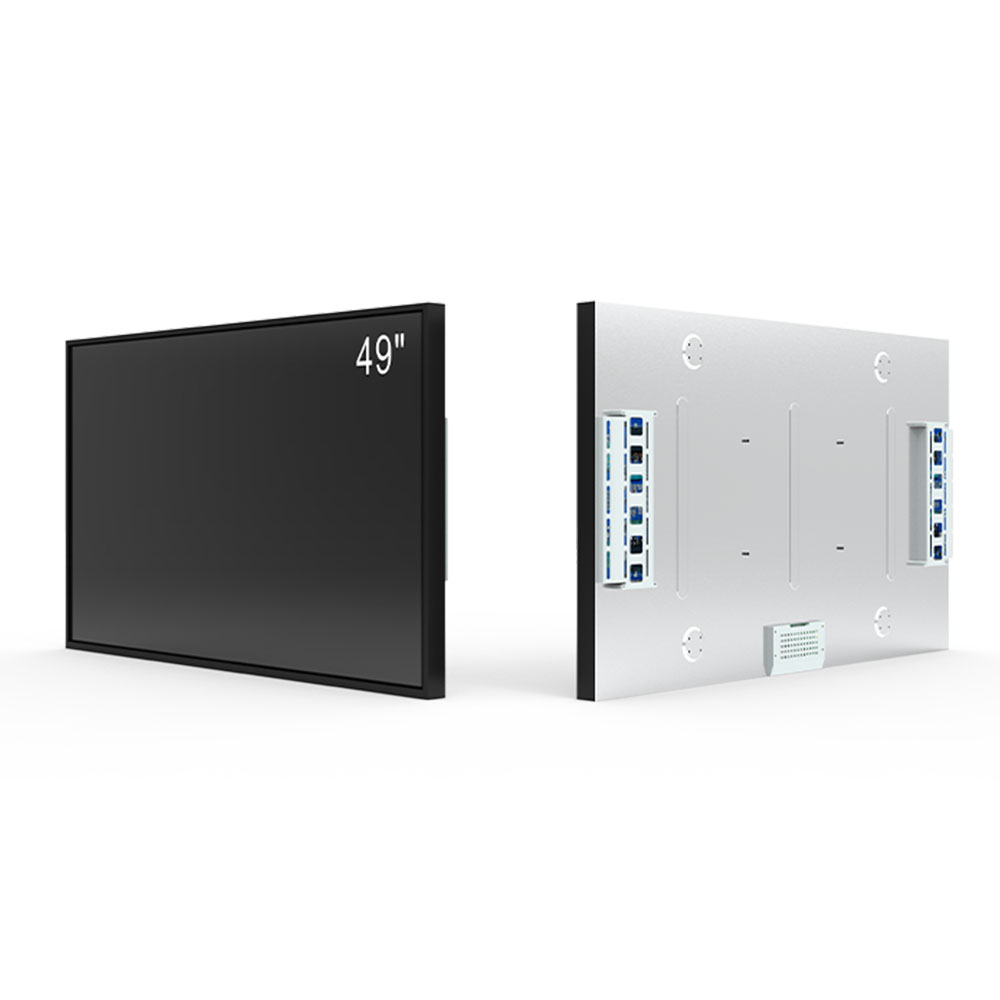- Home
- About Us
- Products
- News
- Video
- Contact
- Send Inquiry
Search
- Home
- About Us
- Products
- News
- Video
- Contact
- Send Inquiry

High-brightness sunlight-readable LCD screens are critical components in outdoor and high-ambient-light environments such as military vehicles, industrial control panels, automotive dashboards, and public kiosks. These displays are engineered to maintain visibility under direct sunlight, often exceeding 5,000 nits of brightness—far beyond standard indoor LCDs that typically peak at 300–500 nits. The technology behind these screens includes advanced backlighting (such as LED or OLED), polarized filters, anti-reflective coatings, and high-contrast ratios, all designed to ensure optimal readability even in extreme lighting conditions.
One of the most prominent applications is in defense and aerospace systems, where pilots and ground crews must read mission-critical data under intense sunlight. For example, Honeywell’s cockpit displays used in military aircraft like the F-35 have been certified for sunlight readability up to 10,000 nits, meeting MIL-STD-810 standards for ruggedness and performance. In commercial settings, companies like Panasonic and Sharp have developed sunlight-readable displays for use in construction equipment, agricultural machinery, and solar-powered IoT devices deployed in remote locations.

Advantages of high-brightness sunlight-readable LCDs include superior contrast, wide viewing angles, energy efficiency through adaptive brightness controls, and long operational lifespans—often exceeding 50,000 hours. These displays also reduce eye strain for users working outdoors for extended periods, a key benefit for utility workers, emergency responders, and field engineers.
However, common problems persist. High brightness levels increase power consumption, which can be a challenge in battery-operated systems. Thermal management is another concern—excessive heat from high-lumen LEDs can degrade internal components if not properly dissipated. Additionally, manufacturing costs remain higher than standard LCDs due to specialized materials and assembly processes, though economies of scale are gradually reducing this gap.
Recent trends show a shift toward hybrid technologies combining traditional LCDs with micro-LED or mini-LED backlights, offering both brightness and energy efficiency improvements. Research from IEEE Transactions on Consumer Electronics (2023) highlights the integration of AI-based ambient light sensors that dynamically adjust brightness based on real-time environmental conditions—an innovation improving both user comfort and battery life. Another emerging trend is the adoption of flexible and curved sunlight-readable displays for use in next-generation wearable tech and automotive HUDs (Heads-Up Displays).

As global demand grows—from smart cities deploying public information displays to renewable energy sectors needing ruggedized monitoring systems—the role of high-brightness sunlight-readable LCDs will only expand. Industry leaders like LG Display, BOE Technology, and AU Optronics continue to invest in R&D to improve durability, reduce glare, and lower production costs, making these displays more accessible across multiple sectors.